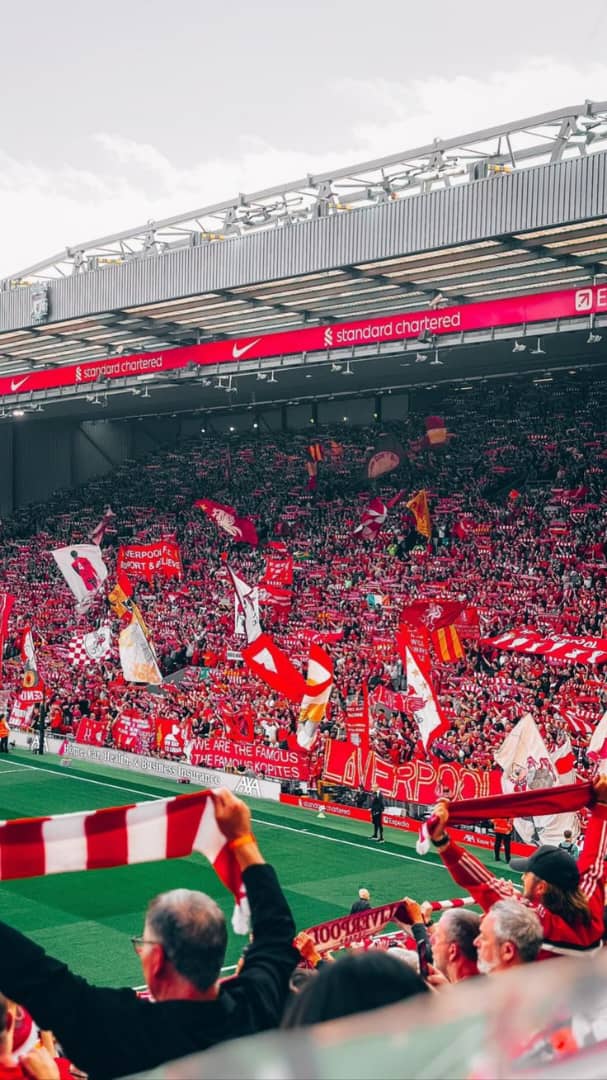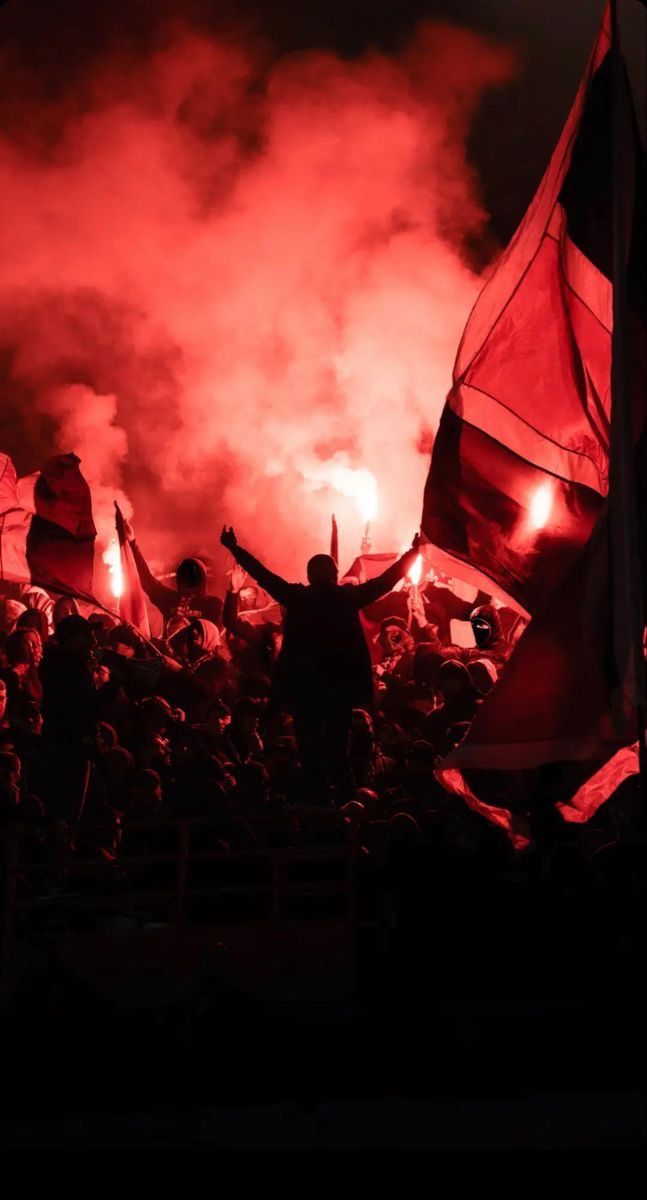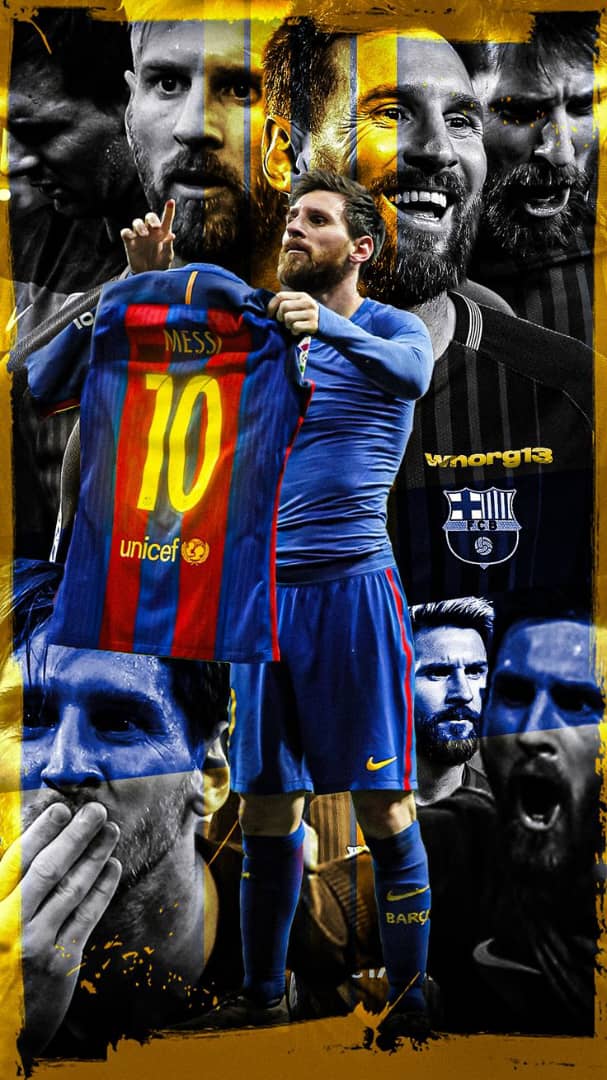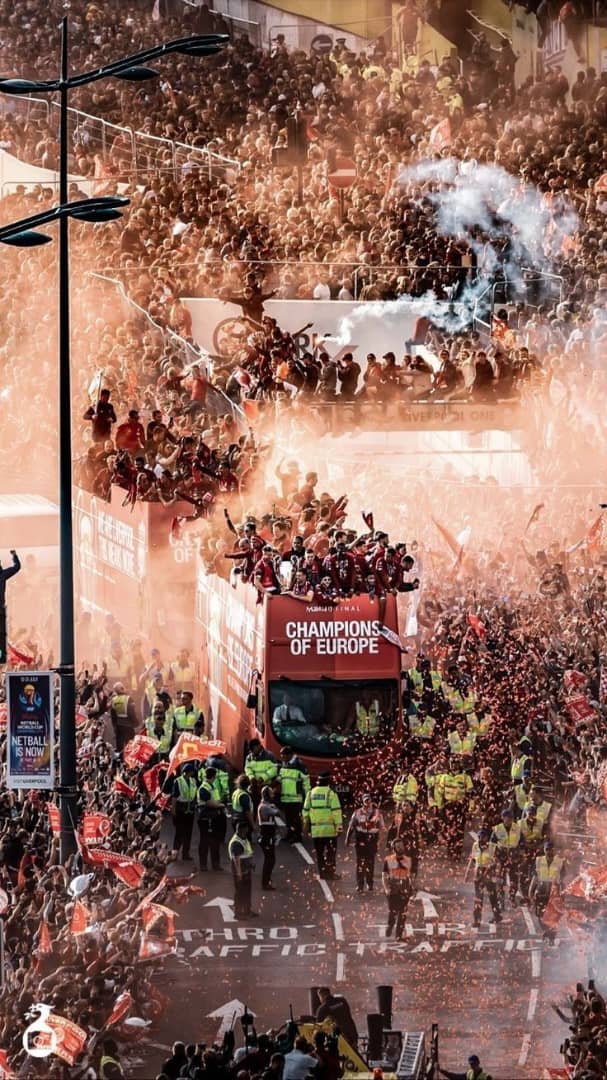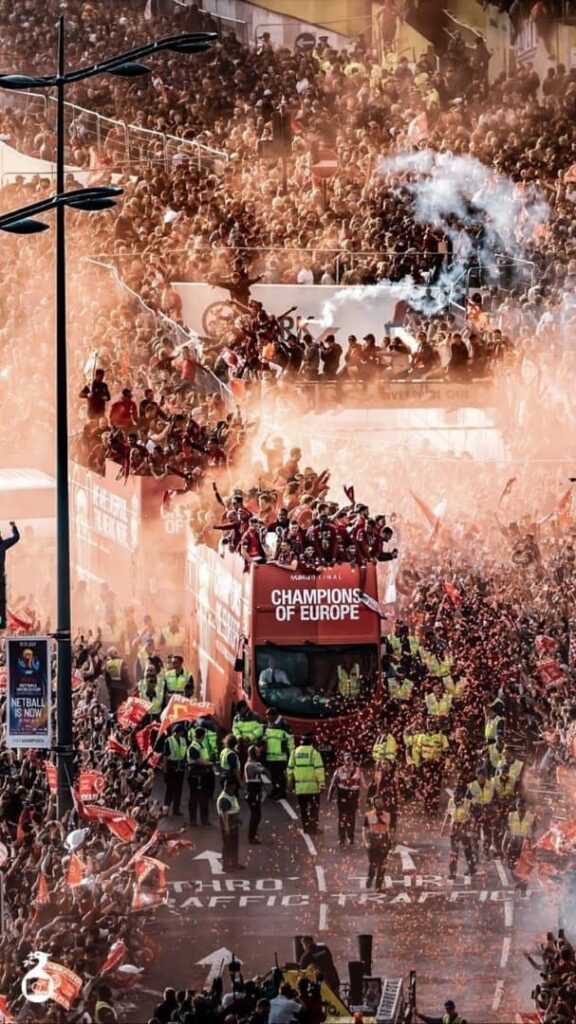
Part 1: Introduction – More Than a Game
The Beautiful Game, The Binding Force
Football is often viewed through the lens of sport, entertainment, or business. But beneath the surface lies its most powerful and enduring quality: community building. Across war-torn nations, struggling neighborhoods, refugee camps, and urban mega-cities, football brings people together with a force that governments and institutions often struggle to match.
From the streets of Rio to the deserts of Mali, from refugee camps in Syria to mega stadiums in London—football creates belonging, connection, and hope. This post explores how, why, and where football builds community—and what that means for the future of our shared world.
Part 2: Historical Origins of Football and Communal Identity
Football’s Birth in Community Roots
- How industrial-era Britain saw football clubs emerge from churches, factories, and local pubs.
- The link between early clubs and working-class communities (e.g., Everton, West Ham, Sheffield Wednesday).
- Football as a space for shared identity and solidarity among laborers, immigrants, and locals.
This part sets the foundation for football as an inherently community-driven sport.
Part 3: Football Clubs as Community Institutions
More Than Teams—They’re Pillars
- The role of clubs in providing support: youth academies, social services, health campaigns.
- Examples like *FC Barcelona’s social outreach, **Bayern Munich’s inclusive fan programs, or *Kaizer Chiefs’ local engagement.
- Local clubs in African and Latin American communities as tools for education, escape, and empowerment.
Fans don’t just cheer for clubs—they rely on them for social cohesion, identity, and pride.
Part 4: Football and Urban Regeneration
The Stadium as a Catalyst for Change
- How football infrastructure has transformed neglected urban zones (e.g., East Manchester’s Etihad Campus).
- Economic ripple effects of football in local areas: employment, business growth, tourism.
- Case studies: Atlanta United’s impact on downtown Atlanta, stadiums in Kigali or Durban revitalizing neighborhoods.
Football becomes a regenerative agent, not just in spirit but in concrete economic terms.
Part 5: Street Football and Informal Communities
Unity Without Borders or Broadcasts
- How informal football—played in streets, parks, beaches—creates hyper-local communities.
- Pickup games in favelas, refugee camps, or small towns fostering trust, teamwork, and shared rules.
- NGOs using street football as conflict resolution and social integration tools (e.g., Football for Peace, Kick4Life).
Before the World Cup, there’s the corner pitch—and it’s where community begins.
Part 6: Football and Refugee Integration
The Ball as a Bridge
- Football as a soft entry point for refugees and asylum seekers into new societies.
- Clubs and NGOs building football programs for displaced communities (e.g., in Jordan, Germany, Greece).
- Personal stories of refugees rebuilding lives through football participation.
In the face of trauma, football offers belonging, language, routine, and friendship.
Part 7: Women’s Football and New Community Frontiers
Breaking Boundaries, Building New Networks
- The growth of women’s leagues and supporter cultures worldwide.
- How female-led football initiatives build solidarity and safe spaces in patriarchal societies.
- Women’s football in Iran, Kenya, and Afghanistan as a form of social resistance and identity building.
Women’s football opens new channels for communal empowerment and inclusion.
Part 8: Football as a Tool for Social Inclusion
Playing Past Barriers
- How football helps include marginalized groups: the homeless, disabled, ex-convicts.
- The Homeless World Cup and Football v Homophobia campaigns.
- Adaptive football (e.g., amputee football) creating communities of pride and purpose.
Football provides access, dignity, and social reintegration
Part 9: Political Identity and Protest Through Football
The Game as a Political Stage
- Clubs as symbols of resistance (e.g., St. Pauli, Livorno, Rayo Vallecano).
- Fan activism: Catalonia’s independence at Barcelona games, Palestine solidarity flags in ultras groups.
- The community that forms around shared political values in stadium culture.
Fans form political communities that go beyond football and into civic life.
Part 10: Football Academies as Social Development Hubs
Training Talent, Transforming Lives
- Youth academies in Ghana, Nigeria, Brazil, and India that provide schooling, food, healthcare, and mentorship.
- Stories of players who return to invest in their communities (e.g., Sadio Mané’s efforts in Senegal).
- Football development as a strategy for poverty alleviation and education.
Academies are not just about football—they are social institutions.
Part 11: Fan Culture and Local Solidarity
Community in the Stands
- Local fan groups (ultras, kopites, barrabravas) as organized communities.
- Supporter solidarity in times of crisis: food banks, fundraisers, volunteering.
- Examples: Celtic’s charitable trust, Dortmund’s mental health initiatives, fan-led aid drives.
Supporter groups extend their passion into tangible community action.
Part 12: Digital Communities and Virtual Belonging
Fandom in the Age of Algorithms
- Online fan forums, WhatsApp groups, Discord servers as modern community spaces.
- Virtual watch parties, fantasy football leagues, Twitter Spaces.
- Pros and cons: inclusivity vs echo chambers, tribalism vs toxic rivalries.
Even online, football creates tight-knit, emotional communities.
Part 13: Football in Post-Conflict and Fragile Societies
Healing Through the Game
- How football has been used to rebuild community in Bosnia, Rwanda, Iraq, and Sierra Leone.
- Trauma recovery and post-war youth projects led by football NGOs.
- Football as a unifier in places divided by ethnicity, religion, or war.
The pitch becomes a space for healing and shared humanity.
Part 14: Faith, Football, and Spiritual Communities
The Sacred and the Sporting
- Intersections between religion and football communities.
- Church football leagues, mosque-based tournaments, interfaith football dialogues.
- Spiritual metaphors in football commentary and fan identity.
Football builds moral and spiritual connections, not just athletic ones.
Part 15: The Challenges of Modern Football on Community Spirit
Commercialization vs Connection
- Rising ticket prices, global branding, and elite club detachment.
- The shift from local identity to corporate strategies.
- Can real community spirit survive in the era of billion-euro TV deals?
Many fans fear losing football’s communal heart to commercial ambition.
Part 16: Conclusion – Football as a Living Tapestry of Community
Across continents and cultures, football creates and sustains community. Whether through collective grief in tragedy, joy in celebration, or action in crisis, football is a powerful, borderless tool for unity.
It is where *identity is affirmed, **connection is deepened, and *solidarity is born—all with the simplest of tools: a pitch, a ball, and people willing to play.


